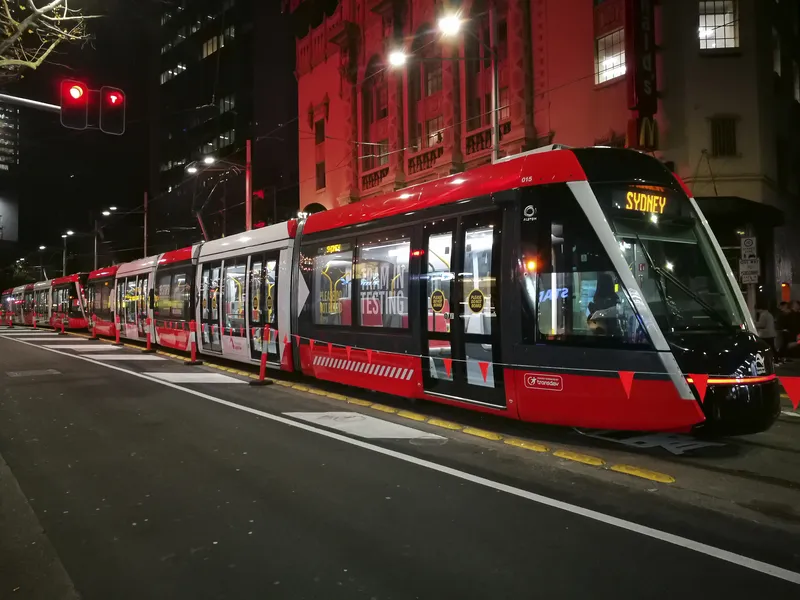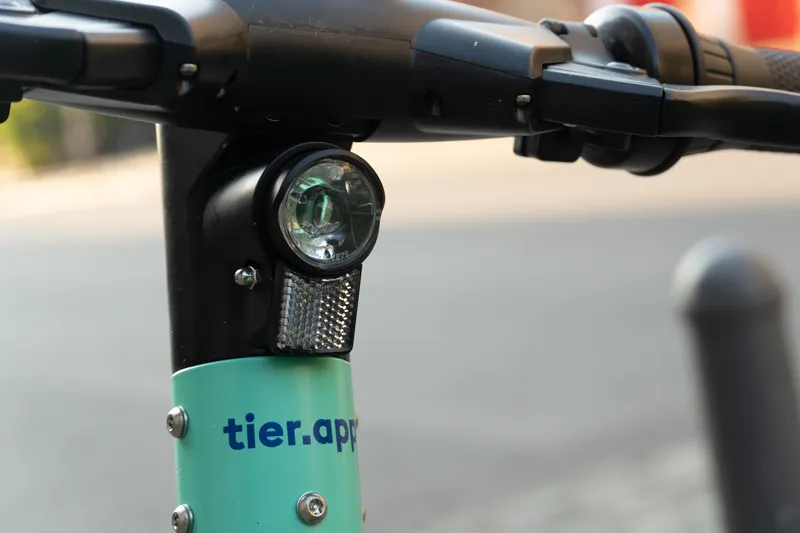
Transport for New South Wales said it will trial data and technology solutions aimed at improving safety for women travelling at night in Greater Sydney.
Projects include artificial intelligence in CCTV to automate the detection of threatening behaviours, using datasets and algorithms to create routing that prioritises safety and a new platform for public safety and assistance.
The trials last six months, said Andrew Constance, minister for transport in the Australian state. They follow an announcement by the state’s transportation agency of the winners in the Safety After Dark Innovation Challenge.
The four winners are the University of Wollongong; data sharing platform She’s a Crowd; safety technology expert Guardian LifeStream; and Cardno/UNSW.
Transport for NSW said it had received 44 entries for the competition and the winners were selected by a panel after a virtual pitch event.
“The winners were chosen for their potential to meaningfully address real safety issues, and their ability to use creative and sophisticated new technologies to make a real difference,” Constance said.










